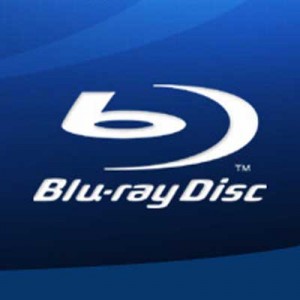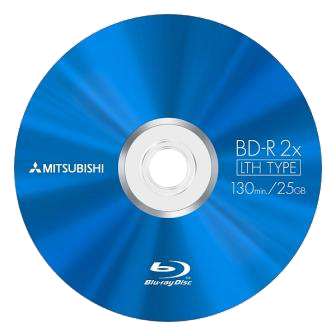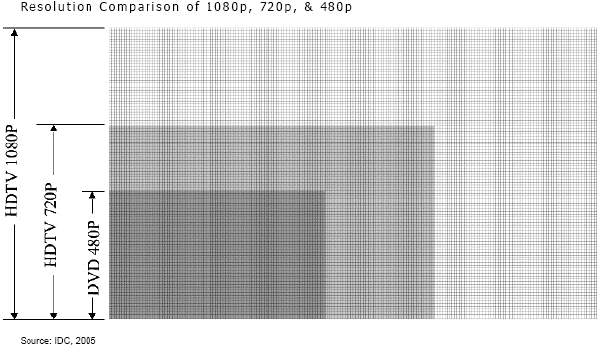
Pre-Production & Preparation
This initial & critical phase consists of all initial meetings with you, the client, leading up to field production & editing. We utilize a needs assessment process where the purpose for the project is clearly defined, target audience is pinpointed, and an outline of the script for the project is agreed upon. Conceptual ideas are then fielded, visual content, design elements, and music are discussed along with aligning with company goals & objectives.
Also part of this phase is all preparation for the production shoot days; scheduling, casting of on-camera & voice over talent, (including reviews with client), crew hiring, equipment procurement, location scouting, construction of sets, props, & wardrobe.
Scripting
In most cases scripts need to be produced from scratch. This phase is part of pre-production yet draws off of the Creative line in the budget. Scripting consists of discovery meetings, research, production of a first, second, & final draft script(s).
Field Production
In most cases scripts need to be produced from scratch. Production costs include fees for the procurement of locations, payroll for production staff & crew, camera, sound, & lighting equipment rentals, set dressing, props, & staging, cast & crew transportation & meals, & insurance.
Talent Costs & Expenses
In most cases scripts need to be produced from scratch. Talent consists of all persons appearing on camera in principal & supporting roles, voice-over artists, & animals. Costs associated with their roles such as transportation, lodging, & wardrobing are also part of talent costs & expenses.
Post Production – Editing
In most cases scripts need to be produced from scratch. Post Production is when everything comes together and the fruits of our extensive pre-production, scripting, & quality field production is realized. Editing is accomplished digitally with computer-based systems and software to incorporate all video, graphics, music, animation, (if included), and other elements. This entirely digital process makes future revisions much more cost effective than other means. Included is the design & production of necessary graphics, and voice-over recordings, which are made at a professional sound studio. Two reviews of rough-cuts are made available before final finishing.
Profit, Overhead, & Contingency
The production fee covers administrative costs, limited overruns, contingencies, and overhead, typically 25% of direct costs. Most importantly this prevents us having to come back to you for additional money as things change.
Creative
Creative fees cover scriptwriting and the time spent by the director of the project for client meetings, pre-production planning, script breakdown, production days, post production planning, & post production. The director takes the “gods eye view”, of the entire project, creating and executing the purposeful vision born in the initial phases of pre-production.
Delivery & Distribution
This extremely important step converts the digital master of the finished work for the display medium of choice; broadcast television, DVD, internet, etc. This phase includes digital mastering, digital output, compression for computer playback, & archiving. It is normally best that the production company control this process to conserve the production value the has gone into the project in it’s entirety.
 It looks like $225 is the price point for the holiday season and several manufacturers are committed to that entry-level price making them very attractive. However, I really recommend spending a few dollars more to get a player that is firmware upgradeable so you will continue to get all of the cool new features being added to this technology. (Tip: Look first for a player with an Ethernet or USB port and then double check the specs). By doing this you will avoid purchasing another player next year to replace this one. Another strategy; Hey it’s Christmas! Get this one now and put it somewhere else in the house next Christmas when you upgrade to the latest and greatest one. As we have seen all along, more and more features will be available soon. (The manufacturers know that too…).
It looks like $225 is the price point for the holiday season and several manufacturers are committed to that entry-level price making them very attractive. However, I really recommend spending a few dollars more to get a player that is firmware upgradeable so you will continue to get all of the cool new features being added to this technology. (Tip: Look first for a player with an Ethernet or USB port and then double check the specs). By doing this you will avoid purchasing another player next year to replace this one. Another strategy; Hey it’s Christmas! Get this one now and put it somewhere else in the house next Christmas when you upgrade to the latest and greatest one. As we have seen all along, more and more features will be available soon. (The manufacturers know that too…). It’s actually not that difficult to break into the business. But you first must have genuine passion for the industry and the craft, you have to have it in your blood. Then it’s just a matter of applying yourself. It all starts with desire, a desire to get into the business. With strong enough desire, and dedication to the effort, you can get into and find your place in the business. You may have heard, “Who you know gets you into the business and what you know keeps you there.” But there’s more. It’s how well you do the job that keeps you employed in the industry. So making contacts and learning craft skills are essential elements for successful entry but you must create your unique place and continue to add value in addition.
It’s actually not that difficult to break into the business. But you first must have genuine passion for the industry and the craft, you have to have it in your blood. Then it’s just a matter of applying yourself. It all starts with desire, a desire to get into the business. With strong enough desire, and dedication to the effort, you can get into and find your place in the business. You may have heard, “Who you know gets you into the business and what you know keeps you there.” But there’s more. It’s how well you do the job that keeps you employed in the industry. So making contacts and learning craft skills are essential elements for successful entry but you must create your unique place and continue to add value in addition. While current optical disc technologies such as DVD, DVD±R, DVD±RW, and DVD-RAM rely on a red laser to read and write data, the new format uses a blue-violet laser instead, hence the name Blu-ray. Despite the different type of lasers used, Blu-ray products can easily be made backwards compatible with CDs and DVDs through the use of a BD/DVD/CD compatible optical pickup unit. The benefit of using a blue-violet laser (405nm) is that it has a shorter wavelength than a red laser (650nm), which makes it possible to focus the laser spot with even greater precision. This allows data to be packed more tightly and stored in less space, so it’s possible to fit more data on the disc even though it’s the same size as a CD/DVD. This together with the change of numerical aperture to 0.85 is what enables Blu-ray Discs to hold 25GB/50GB.
While current optical disc technologies such as DVD, DVD±R, DVD±RW, and DVD-RAM rely on a red laser to read and write data, the new format uses a blue-violet laser instead, hence the name Blu-ray. Despite the different type of lasers used, Blu-ray products can easily be made backwards compatible with CDs and DVDs through the use of a BD/DVD/CD compatible optical pickup unit. The benefit of using a blue-violet laser (405nm) is that it has a shorter wavelength than a red laser (650nm), which makes it possible to focus the laser spot with even greater precision. This allows data to be packed more tightly and stored in less space, so it’s possible to fit more data on the disc even though it’s the same size as a CD/DVD. This together with the change of numerical aperture to 0.85 is what enables Blu-ray Discs to hold 25GB/50GB.

